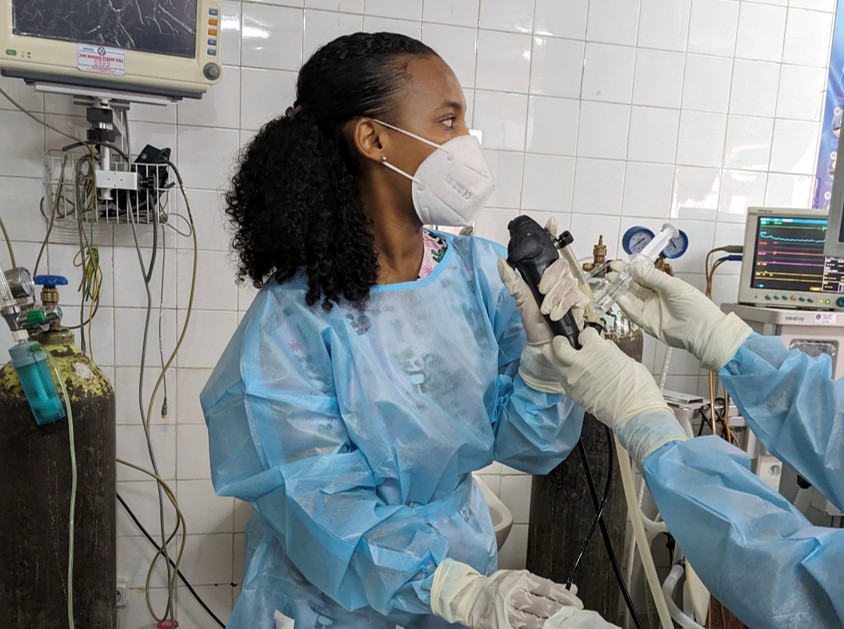Drug-Resistant TB and HIV - Education and Research Funding Call
South Africa
Drug-resistant tuberculosis (TB) and HIV remain two of the most serious public health threats in the world, especially in southern Africa, where they collide with devastating impact. South Africa bears a disproportionate burden of HIV infection accounting for about 19% of the global HIV burden, despite being home to less than 1% of the world’s population. Each day, approximately 1,000 new HIV infections occur in South Africa. Despite advances in treatment, people continue to die from these diseases every day. In communities we work in, TB is the leading cause of death among people living with HIV. Drug resistance makes treatment longer, more toxic, and more likely to fail, particularly for people facing poverty, unstable housing, or substance use.
CHART-A partners with the Centre for AIDS Programme of Research in South Africa (CAPRISA) and the University of KwaZulu-Natal to support research, training, and education in communities hardest hit by TB and HIV. CAPRISA’s landmark studies, including CAPRISA 004, have shown how targeted interventions can reduce HIV transmission. Together, we support research to improve TB diagnosis, track drug resistance, and use data science to identify risk patterns. We also invest in the training and development of South African scientists and clinicians leading this work.
What your donation can do:
$5000 supports an ongoing randomized trial focused on improving drug resistant TB and HIV treatment adherence and survival.
$2500 funds one semester of tuition for a PhD student
$2000 supports the attendance of African researchers at an international academic conference
$1,000 covers tuition or research costs for a South African PhD student
$500 supports a Masters student’s thesis research on TB or HIV care
$100 funds transportation costs for participants in a treatment support study
Every contribution, no matter the amount, helps to sustain critical work led by the people and communities most affected by these diseases.



